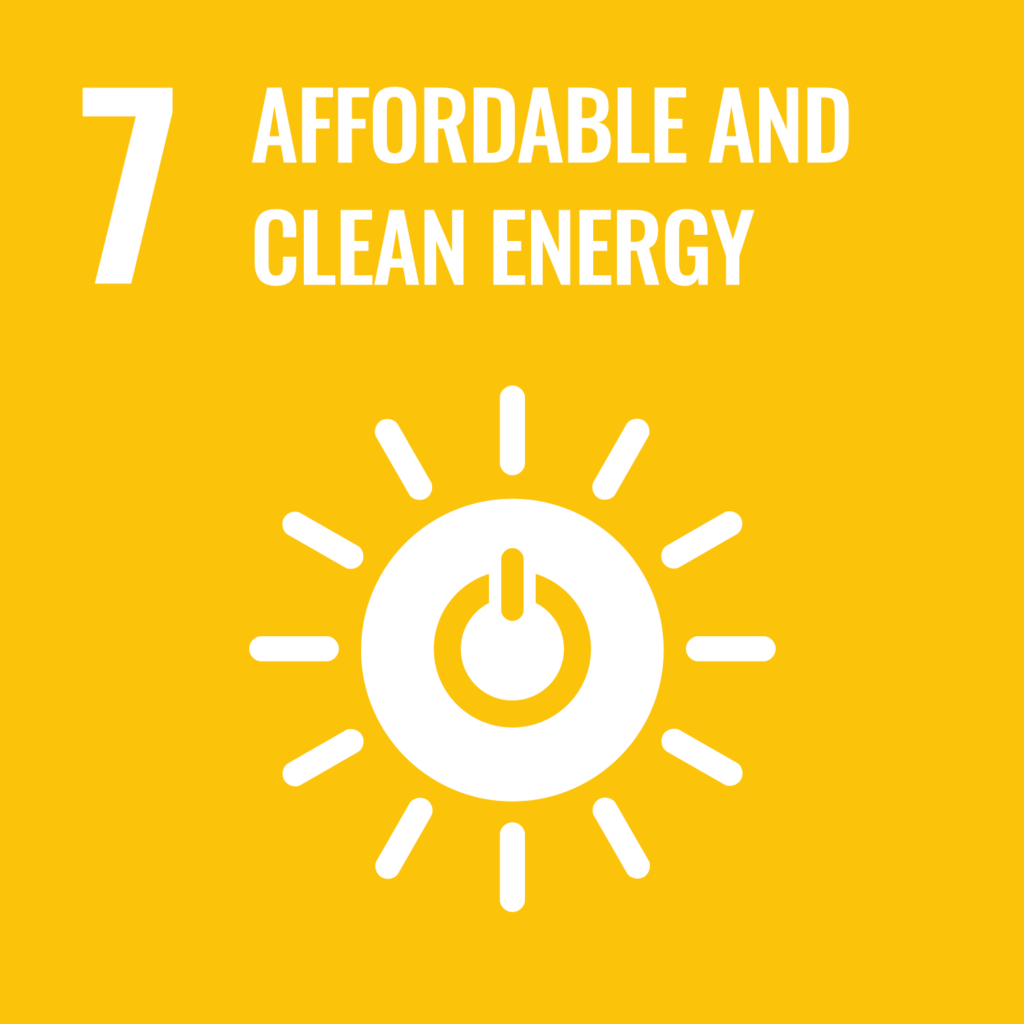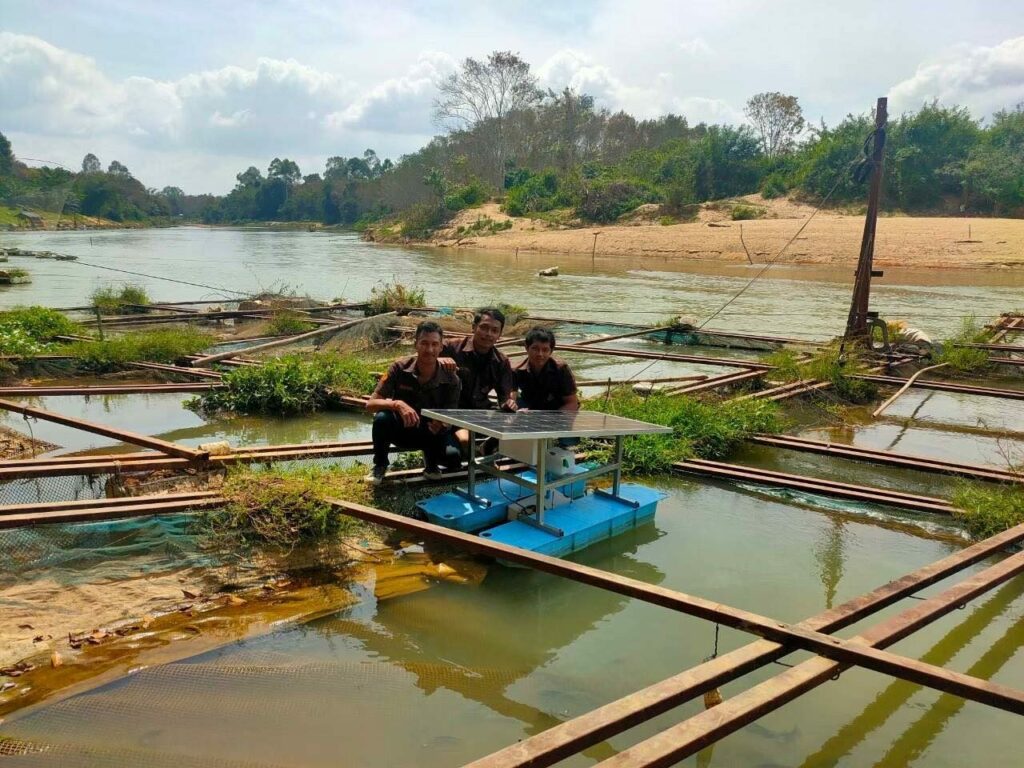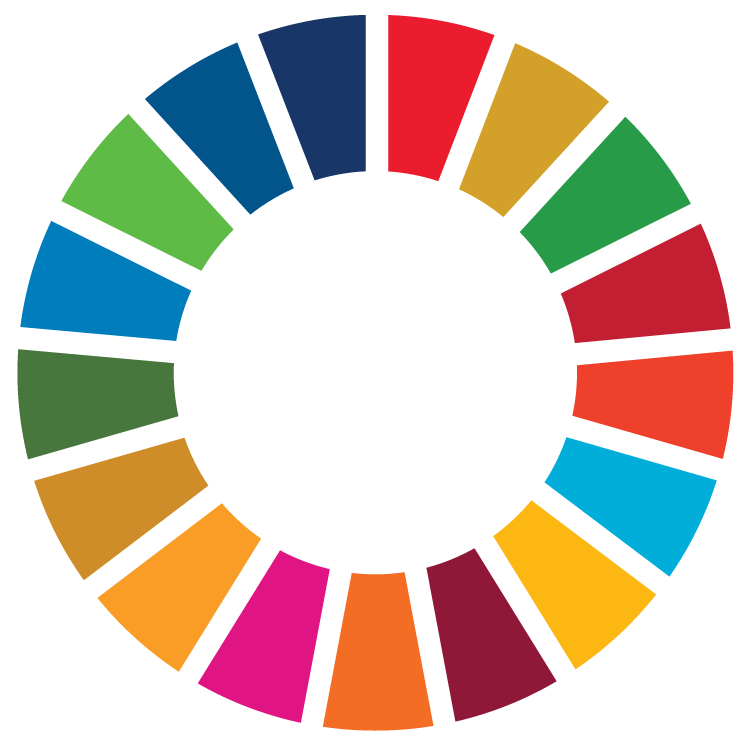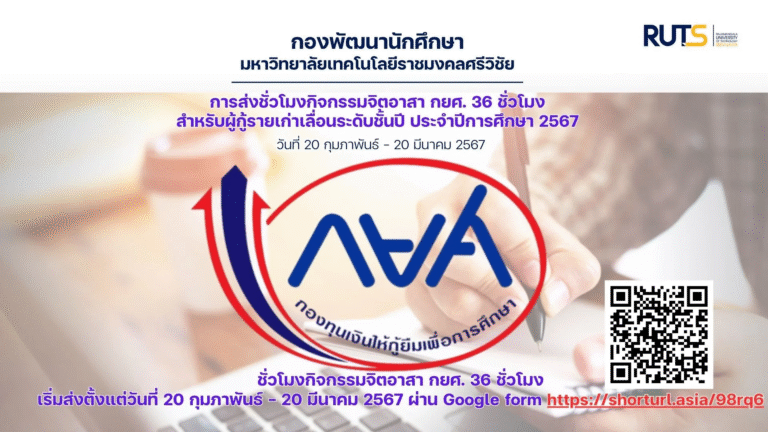Reporters: Mr.Konto Pantongkam, Asst.Dr.Pituk Bunnoon, Asst.Dr.Phatchakorn Areekul, Mr.Sutaporn Getpun
Evidence Date: June 10, 2024
Related SDGs:

Related Indicators: 7.4.1, 7.4.3, 7.4.4, 7.4.5
Details: Supporting details and pictures


RUTS Students Tackle Water Quality Crisis in Tapi River Aquaculture
Currently, the Tapi River area supports a substantial number of aquaculture farmers utilizing fish cages. This method is favored due to low initial investment and the avoidance of excavation. However, these fish cage operators frequently face the critical issue of fish mortality events caused by low dissolved oxygen (DO) levels.
The DO concentration in the water often drops below standard thresholds during the annual dry season or periods of flooding. These conditions lead to water stagnation within the cages, inhibiting natural oxygenation and resulting in significant losses as fish die off.
To address this recurring problem, three students from the Industrial Technology Program, Faculty of Science and Technology, Rajamangala University of Technology Srivijaya (RMUTSV)—Mr. Watcharakorn Jitaree, Mr. Athiwat Thipchantra, and Mr. Nitipong Nookarpkaew—have initiated a research project under the supervision of Ms. Bandita Phoosapmue Ponnathong and Assistant Professor Pongphan Ratchapakdee.
Figure 1 RUTS Students Tackle Water Quality Crisis in Tapi River Aquaculture.

Figure 2 RUTS Students Tackle Water Quality Crisis in Tapi River Aquaculture (conts.).
Related Links:



